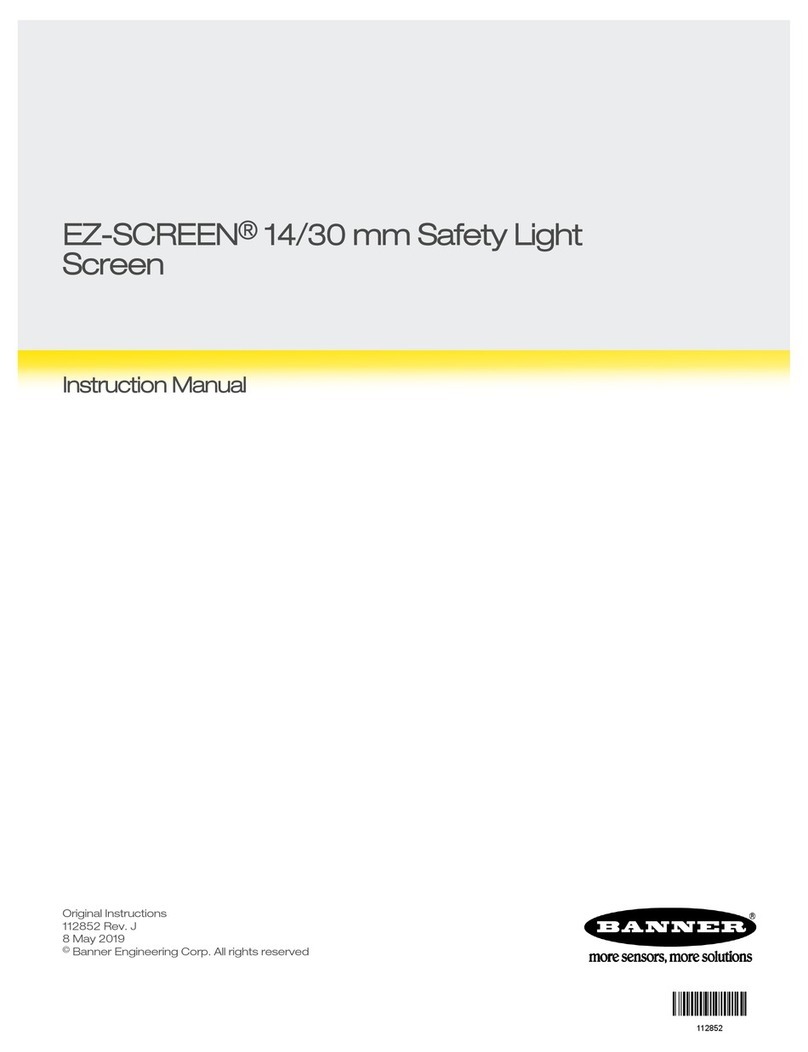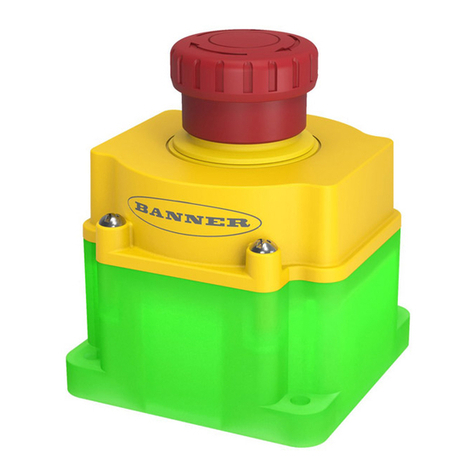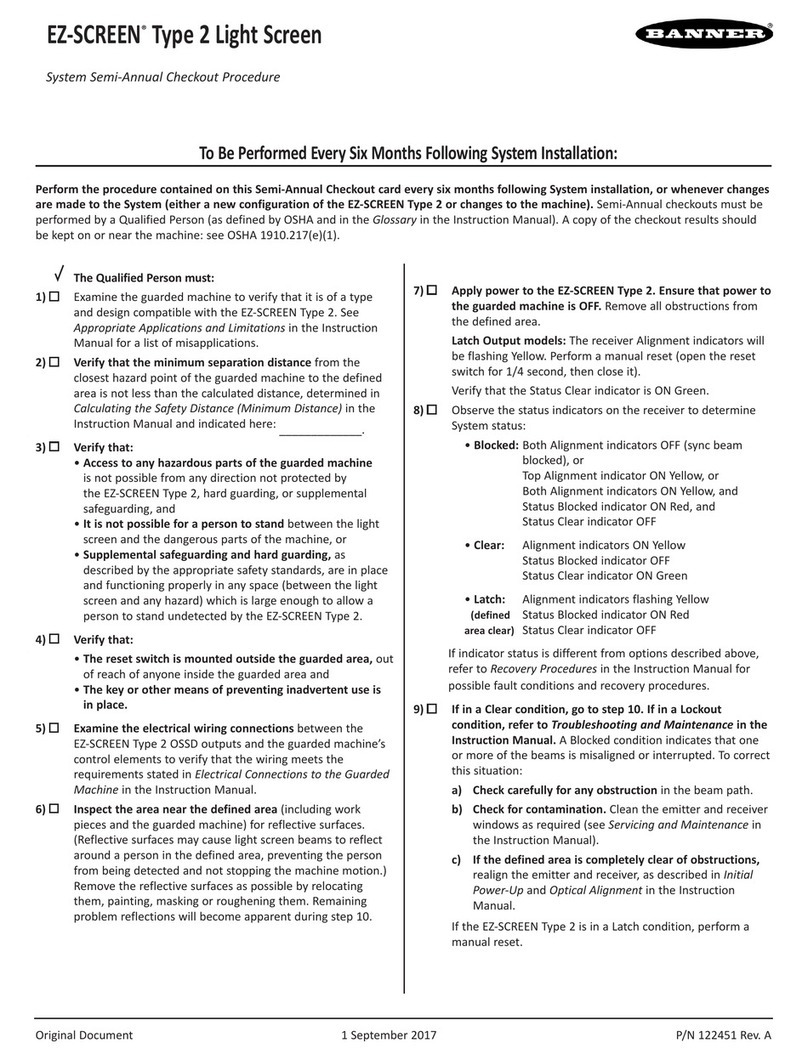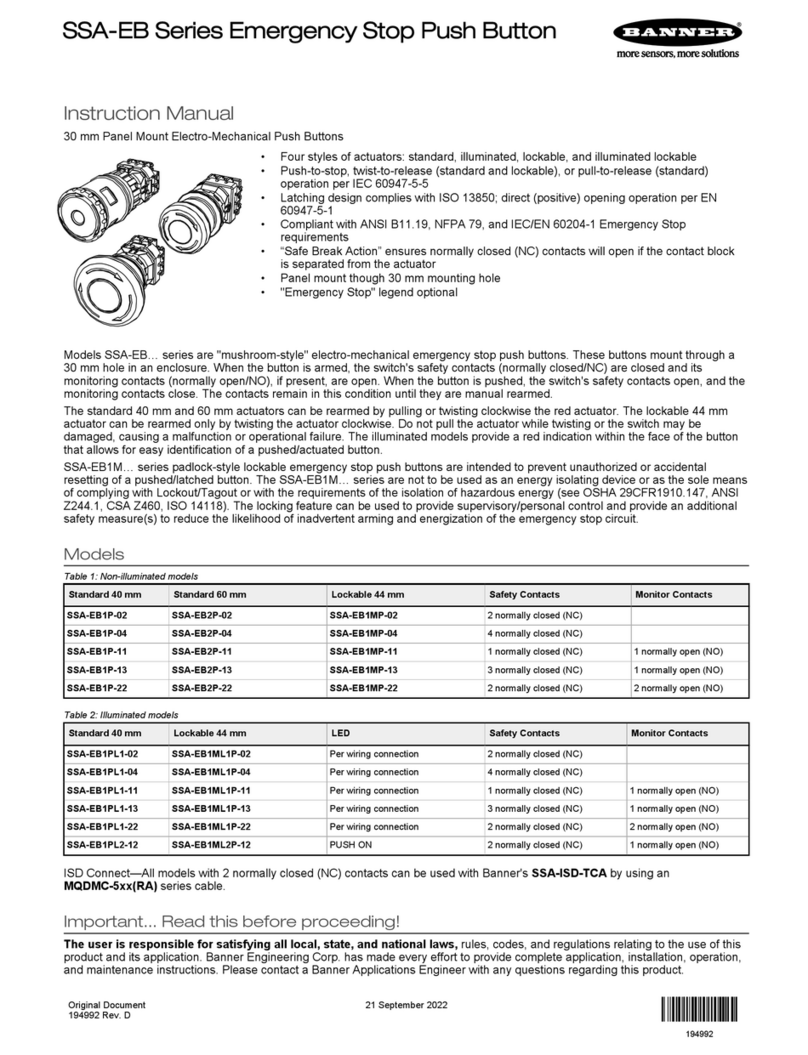
Contents
1 About This Document .................................................................................................................................................. 4
1.1 Important... Read This Before Proceeding! ......................................................................................................................................4
1.2 Use of Warnings and Cautions ........................................................................................................................................................ 4
1.3 EU Declaration of Conformity (DoC) ................................................................................................................................................4
2 Standards and Regulations .......................................................................................................................................... 5
2.1 Applicable U.S. Standards ............................................................................................................................................................... 5
2.2 OSHA Regulations ...........................................................................................................................................................................5
2.3 International/European Standards ................................................................................................................................................... 5
3 Introduction ...................................................................................................................................................................7
3.1 Features ..........................................................................................................................................................................................7
3.2 System Description ......................................................................................................................................................................... 7
3.2.1 Components ............................................................................................................................................................................ 8
3.2.2 Models ..................................................................................................................................................................................... 8
3.3 Appropriate Applications and Limitations ........................................................................................................................................9
3.3.1 Appropriate Applications ..........................................................................................................................................................9
3.3.2 Examples: Inappropriate Applications .................................................................................................................................... 10
3.4 Control Reliability: Redundancy and Self-Checking ......................................................................................................................10
3.5 Operating Features ....................................................................................................................................................................... 10
3.5.1 Trip Output .............................................................................................................................................................................11
3.5.2 Scan Code Configuration ...................................................................................................................................................... 11
3.5.3 Weak Beam Strength Indication ............................................................................................................................................. 12
4 Specifications ............................................................................................................................................................. 13
4.1 General Specifications .................................................................................................................................................................. 13
4.2 Emitter Specifications ....................................................................................................................................................................13
4.3 Receiver Specifications .................................................................................................................................................................14
5 Mechanical Installation ............................................................................................................................................... 15
5.1 Mechanical Installation Considerations .........................................................................................................................................15
5.2 Calculating the Safety Distance (Minimum Distance) .................................................................................................................... 15
5.2.1 Formula and Examples ..........................................................................................................................................................16
5.2.2 Examples ...............................................................................................................................................................................17
5.3 Reducing or Eliminating Pass-Through Hazards .......................................................................................................................... 18
5.4 Supplemental Safeguarding ..........................................................................................................................................................18
5.5 Reset Switch Location ....................................................................................................................................................................19
5.6 Other Considerations .................................................................................................................................................................... 20
5.6.1 Adjacent Reflective Surfaces .................................................................................................................................................20
5.6.2 Use of Corner Mirrors ............................................................................................................................................................ 21
5.6.3 Emitter and Receiver Orientation .......................................................................................................................................... 22
5.6.4 Installation of Multiple Systems ............................................................................................................................................. 23
5.7 Mounting System Components ......................................................................................................................................................24
5.7.1 Mounting Hardware ............................................................................................................................................................... 24
5.7.2 Sensor Mounting and Mechanical Alignment Verification ...................................................................................................... 26
5.7.3 Mounting Dimensions and Defined Area ............................................................................................................................... 27
6 Electrical Installation and Testing .............................................................................................................................28
6.1 Routing Cordsets .......................................................................................................................................................................... 28
6.2 Scan Code Selection .....................................................................................................................................................................28
6.3 Initial Electrical Connections ......................................................................................................................................................... 30
6.4 Initial Checkout Procedure .............................................................................................................................................................30
6.4.1 Configuring the System for Initial Checkout .......................................................................................................................... 30
6.4.2 Apply Initial Power to the S4B System .................................................................................................................................. 30
6.4.3 Optically Align the System Components ............................................................................................................................... 31
6.4.4 Optical Alignment Procedure with Mirrors ............................................................................................................................. 32
6.4.5 Conduct a Trip Test ............................................................................................................................................................... 32
6.5 Electrical Connections to the Guarded Machine ...........................................................................................................................34
6.5.1 Protective Stop (Safety Stop) Circuits ................................................................................................................................... 34
6.5.2 Preparing for System Operation ............................................................................................................................................ 35
6.5.3 Sensor Interchangeability ....................................................................................................................................................... 36
6.5.4 Commissioning Checkout ......................................................................................................................................................36
6.6 Wiring Diagrams .............................................................................................................................................................................38
6.6.1 Generic Emitter Wiring Diagram ............................................................................................................................................38
6.6.2 Generic Receiver Wiring Diagram—Self-checking Safety Module, Safety Controller, Safety PLC .......................................39
7 System Operation ....................................................................................................................................................... 40
7.1 Security Protocol ...........................................................................................................................................................................40
7.2 Normal Operation ..........................................................................................................................................................................40
S4B Safety Light Curtain



































